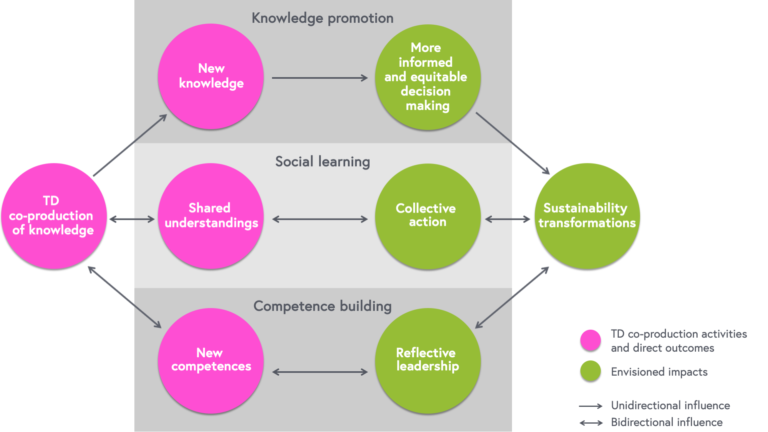Home / Politics & Society / Social Issues / Partnering for Change: Link Research to Societal Challenges / How could your project make a difference?
This article is from the free online
Partnering for Change: Link Research to Societal Challenges


Reach your personal and professional goals
Unlock access to hundreds of expert online courses and degrees from top universities and educators to gain accredited qualifications and professional CV-building certificates.
Join over 18 million learners to launch, switch or build upon your career, all at your own pace, across a wide range of topic areas.

 Generic mechanisms for impact generation. (Based on Schneider et al., 2019) (
Generic mechanisms for impact generation. (Based on Schneider et al., 2019) (





